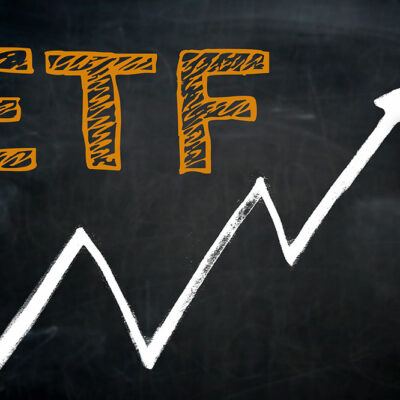
Benefits of employee evaluation software and 4 tips to choose wisely
The success of every organization is linked to its employees’ performance. Performance reviews are critical for improving employee engagement, boosting their morale, and taking the business to new heights. And this is where employee evaluation software comes in. It engages employees and streamlines administrative tasks, but choosing the right platform can be tricky as the online market is swamped with options.
Let’s look at some benefits of employee evaluation software and how to select the best one for your organization.
Benefits
Employee evaluation software offers tremendous advantages to both employers and employees. The solutions offered by the software can boost a company’s profits and employees’ motivation. A few benefits of using this software are:
- Intuitive dashboard for decision making
- Monitor team progress
- Enhanced employee productivity
- Eliminates evaluation bias
- Boost in employee motivation and retention
- Fewer payroll errors
- Reduces the burden of the HR team
- Increased quality of hiring
Tips to make the right choice
Here’s what you need to consider when choosing an employee evaluation software for your company:
Analyze the existing process
You first need to figure out why exactly you’re looking for an employee evaluation software. Is it because you’re facing issues with administrative tasks, or because you’re unable to keep your employees engaged? Listing down the issues and identifying what matters most to your company can be helpful since a software cannot address all your issues. You must also identify the strengths in your current system and the unique elements that define your company’s work culture to ensure that those aspects are preserved, if not enhanced.
Identify your goals
After you’ve analyzed the strengths and weaknesses of the existing system, you’ll know what you want to improve. But that’s not enough. You need to determine the specific and measurable goals you wish to achieve by bringing an employee evaluation software onboard. Let’s say your company’s tedious and time-consuming appraisal process is the hindrance to your company’s success. Knowing this helps you to specifically look for a platform that makes appraisals a quick and efficient process.
Make a comprehensive list of the features you want
You must know what core features the new software must include, and these features and analytics must be in line with your organizational structure. Apart from some must-haves, you must also look for add-on features that add value to your organization’s functioning. For instance, if your company follows a different process for different job levels, you must look for a software with multiple workflow features.
Check the user-friendliness of the software
The last—but also the most important—thing to consider when choosing an employee evaluation software is its user-friendliness. Maybe one of the reasons why you’re interested in new software is that you want to make the process easier for everyone in the organization. So, you must pick a software that has a simple user interface and is easy to understand. The best way to find out whether the software is easy to use is to request a free trial. If the software is adding to the confusion, explore other options.


